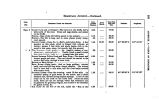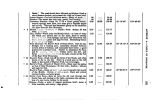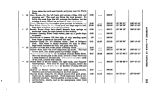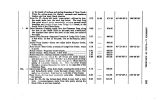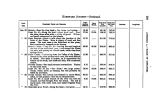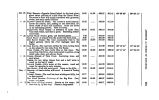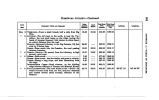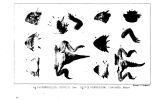| OCR Text |
Show 288 RED GATE- PRAIRIB- ELK MOUNTAINS. Our course lay down the valley of Bridger's Fork for three and a- half miles, when it opens suddenly between two high cliffs of red and green indurated clay, and strata of coarse- grit brown sandstone, upon a vast rolling prairie, extending from the Platte to Snake River. To this opening we gave the name of *' Red Gate." The general direction of the low range bounding the western side of this prairie is about north- east and south- west. Upon entering the plain, a magnificent view opened before us. On our right, to the south and the east, extended the Elk Mountains, with their blue peaks, in which the Elk River takes its rise; to the left of these rose a high square butte, marking where the three branches of St. Vrain's Fork enter the Snake River. On our left stretched far off to the northward the ascending ridge of prairie forming the " divide" between us and the waters of the Sweetwater and the North Fork of the Platte, while before us, and at right angles with our course, ran four rolling prairie ridges, the farthest of which, about forty miles distant, formed the western boundary of the Park Mountains. Bridger's Fork, the little stream whose valley we had followed to the Gate, pursued a wandering course to the southeast through the prairie, its existence marked only by an occasional clump of willows. A few buffalo bulls were quietly grazing upon the plain, and now and then a small herd of antelope, bounding away over the hills, gave life and spirit to the picture. The soil from this point to Muddy Creek is for the most part of an excellent quality, but, from want of moisture, can never be appropriated to any other purpose than grazing. The grass, though thin, is very nutritious. Small sage, salt grass, grease-wood, a purple aster, together with bunch- grass, and, in the more sandy portions, small cacti, were the principal plants. The tops of the ridges were strewn with a flat, black gravel, with pebbles of yellow and white quartz. An occasional drain was crossed, which gave indications of having contained water quite recently; but all of these were now dry. As long as the water lasted, the whole plain must have been covered with buffaloe and antelope, as the profusion of " sign" abundantly proved; but as this indispensable article was absorbed by the sandy soil, they seemed, from the direction of their trails, to have struck a course for the Vermilion. Many large bear- tracks were also seen, making in the same direction. After travelling six miles across this undulating prairie, we reached the right bank of the valley of Muddy Creek, twenty- five |
































































































































































































































































































































































